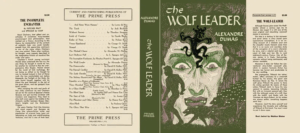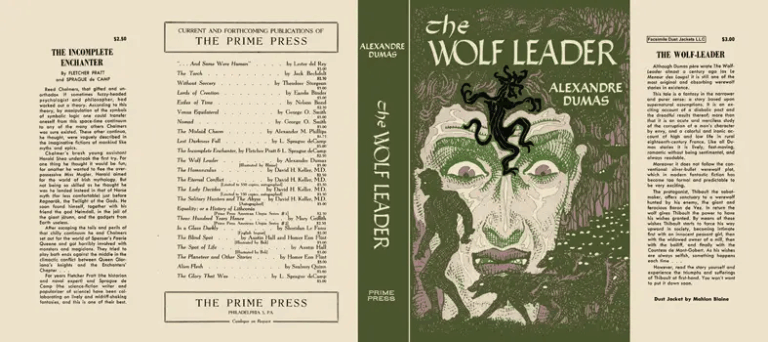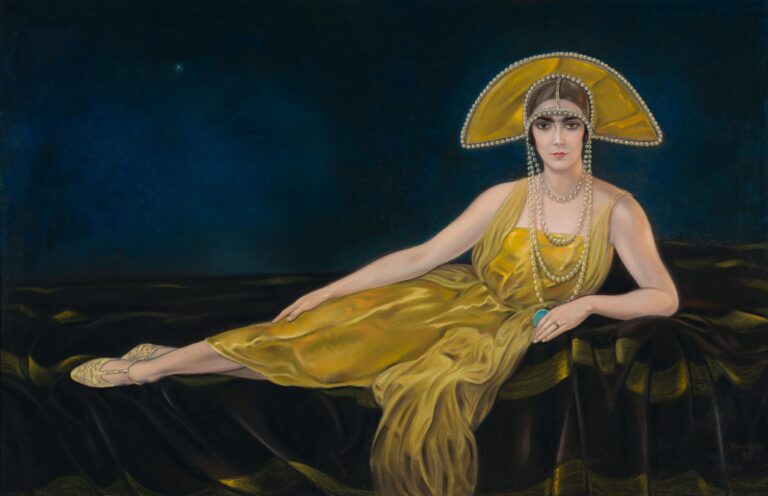While Alice is conversing with the caterpillar, she’s prompted to recite verses, for reasons that are beyond comprehension. She’s complaining that she can’t remember things and she can’t keep the same size, all symptoms of being dreaming, and this is the solution the caterpillar offers: “Repeat You are old, Father William“.
The poem has four parts, although usually just the first one gets illustrated, and again it’s a parody. While How Doth the Little Crocodile was a parody of “Against Idleness and Mischief” by Isaac Watts, this one is a parody of another didactic poem: “The Old Man’s Comforts and How He Gained Them” by Robert Southey (1774–1843).
The original poem goes like this:
“You are old, father William,” the young man cried,
“The few locks which are left you are grey;
You are hale, father William, a hearty old man;
Now tell me the reason, I pray.”“In the days of my youth,” father William replied,
“I remember’d that youth would fly fast,
And abus’d not my health and my vigour at first,
That I never might need them at last.”“You are old, father William,” the young man cried,
“And pleasures with youth pass away.
And yet you lament not the days that are gone;
Now tell me the reason, I pray.”“In the days of my youth,” father William replied,
“I remember’d that youth could not last;
I thought of the future, whatever I did,
That I never might grieve for the past.”“You are old, father William,” the young man cried,
“And life must be hast’ning away;
You are cheerful and love to converse upon death;
Now tell me the reason, I pray.”“I am cheerful, young man,” father William replied,
“Let the cause thy attention engage;
In the days of my youth I remember’d my God!
And He hath not forgotten my age.”
So basically the secret to live happily when you’re old is making yourself miserable when you’re young. Noted.
As we’ll see, Carroll twists this around quite a bit.
Father William vs. His Own Head
“You are old, Father William,” the young man said,
“And your hair has become very white;
And yet you incessantly stand on your head—
Do you think, at your age, it is right?”“In my youth,” Father William replied to his son,
“I feared it might injure the brain;
But, now that I’m perfectly sure I have none,
Why, I do it again and again.”
The first one to illustrate the scene is Carroll in his Alice’s Adventures Under Ground manuscript.
Tenniel comes second, then: as we’ll see, he illustrates all scenes. He’s having probably a lot of fun since this is the kind of satire he’s used to work with (and it has no little girls).
The poem has also been used in further parodies itself, and we can find several illustrated examples. One of them is a parody satirising Kaiser Wilhelm Ii and his son Wilhelm during the First World War. The cartoon was done by Alick P.F. Ritchie and appeared in the Bystander on December, 2nd 1914. You can see it here.
Peter Newell, who usually doesn’t give us a lot to go on with, did illustrations for all the scenes, either vertical or horizontal. Here’s the first one, with a puzzled son, a puzzled dog and an equally puzzled bystander bird, all looking at Father William balancing.
Contemporary illustrators usually focus on this first couple of stanzas. Richly illustrated books or books that are merely collection of poems might go all the way. It’s the case of Peter Weevers, who offers us at least both the head-standing and the following one.
It’s very difficult to find anything that’s really good, but I could dig out some work that I think was done by Gali-Dana Singer (though I might be wrong on that): Father William, with a paper ribbon telling us his identity, is on the right side of this composite picture.
Anthony Browne is also one we might want to take a look at (read here an article on The Guardian). For the composition of this illustration he used a painting by Magritte, Man with Newspaper by Rene Magritte.
He divided the canvas into the four rectangles, painted the same room Magritte used and played around with it. You can challenge yourself to spot the differences.
Another artist to give us all scenes, by leaving out the son, is Lisbeth Zwerger, whom we have been encountering a lot lately.
Father William vs. The Back-Somersault
“You are old,” said the youth, “as I mentioned before,
And have grown most uncommonly fat;
Yet you turned a back-somersault in at the door—
Pray, what is the reason of that?”
“In my youth,” said the sage, as he shook his grey locks,
“I kept all my limbs very supple
By the use of this ointment—one shilling the box—
Allow me to sell you a couple?”
A back-somersault is a basically a back-flip, an acrobatic exercise amongst the most difficult. The word Somersault apparently comes from the Old French word sombresault, coming from the Occitan sobresaut, which comes from Latin supra (over) and saltus (jump).
Eunyoung Seo, the wonderful Korean artist we already encountered for the caucus race, gives us a full walkthrough of the flip. You have to love the shape of Father William: if you try and search for this picture with Google, he offers pictures of fruit instead.
Father William vs. The Goose
“You are old,” said the youth, “and your jaws are too weak
For anything tougher than suet;
Yet you finished the goose, with the bones and the beak—
Pray, how did you manage to do it?”
“In my youth,” said his father, “I took to the law,
And argued each case with my wife;
And the muscular strength, which it gave to my jaw
Has lasted the rest of my life.”
John Gilroy used this illustration for a Guinness advertising, around 1932, and you can also read a parody of Carroll’s poem. I like this moral better: if you want to be happy in your old age, drink good beer.
Father William vs. The Eel
“You are old,” said the youth, “one would hardly suppose
That your eye was as steady as ever;
Yet you balanced an eel on the end of your nose—
What made you so awfully clever?”
“I have answered three questions, and that is enough,”
Said his father. “Don’t give yourself airs!
Do you think I can listen all day to such stuff?
Be off, or I’ll kick you down-stairs!”
In the back of Tenniel’s illustration, you can see an eel trap and Martin Garden talks about it a bit in his Annotated Alice, quoting a couple of other scholars: that kind of trap is called a nassa, in Italy, and it’s still being used up to this day.
Peter Newell decides to illustrate this scene as well, of all things, in one of the most vivid plates he ever did. Maybe he likes eels just as much as I do. Here the eel is doing its share of work and looks more like a snake.
Charles Folkard, whom we have already encountered for the little crocodile, decides to move the scene altogether and puts Father William (and son) on a raft. The drawings outside the frame are a bit unsettling: a crying baby, an arched-back caterpillar, poor Little Bill and other characters from the book, but the most unsettling thing of all is… dude, that’s not how you catch eels. Anyways, the illustration is awesome and the clothing details are just breath-taking.




























No Comments